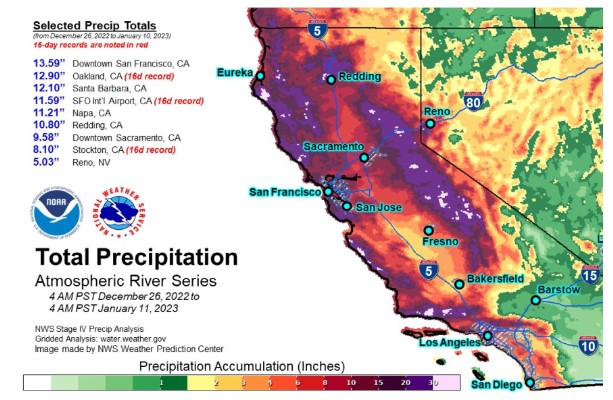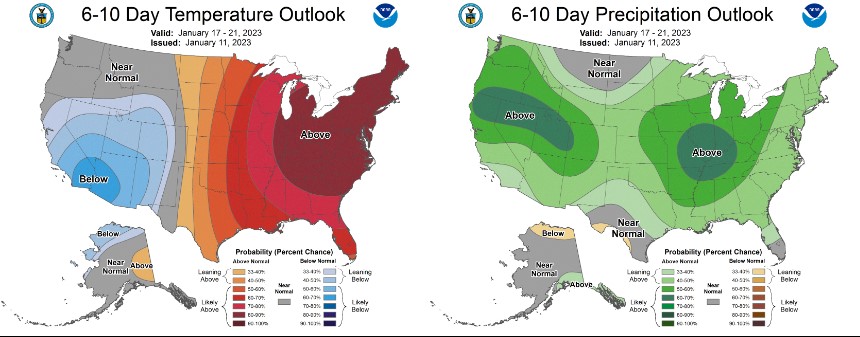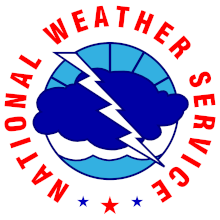Yesterday was almost a carbon copy of the day prior...only the snow just keeps getting deeper. Really deep. Thigh to waist deep if you're not on some sort of flotation device, i.e. snowmobile, skis, snowshoes. The snow level hovered near 4,500 feet, with lower elevation flakes at times. Visibility was flat, near whiteout all day above treeline. Near steady precipitation brought an additional three to six inches of fresh snow. Two day storm total measured about 15 - 20 inches. Most accumulation occurred above 6,000 feet. Red flags of avalanche danger were subtle again below and near treeline. Fresh storm snow struggled to slab up, and I didn't see any snow behaving badly. As elevation was gained and wind more prevalent, slab properties improved. A careful "burb-the-baby" test highlighted a density weakness in the storm snow, 25 cm from the top of the snowpack. Column tests were unreactive. Wind above treeline was present, blowing out of the south/southeast and moving plenty of snow around. Areas with wind, near and above treeline, hosted the best slab properties and represented the highest avalanche risk for the day.
Mount Shasta weather data round-up from the last 24 hours:
- Total Height of Snow (treeline on Mount Shasta): 140 inches
- New Snow: 3 - 6 inches
- Snow/Water Equivalent: 1.07 inches
- Wind: South - Min - 6 / Max - 36 / Avg - 10
- Temp (°F): Min - 21 / Max - 29 / Avg - 25

Compared to winter's of recent past, our weather has been baffling. A relentless advance of Pacific storms targeting California in the past week is forecast to shift focus and impact areas farther to the north. A large cyclone well off the West Coast will direct the atmospheric river in a more northerly course further up and parallel to the coast during the next couple of days. This will orient the threat of heavy precipitation from northern California northward along coastal Pacific Northwest through early Saturday, with northwestern California having the highest chance of excessive rainfall. This shift in the course of the atmospheric river is related to a change in the weather pattern across the U.S., allowing a ridge of high pressure to build over the western U.S. while a rather strong low pressure system moves swiftly through the eastern half of the country. While the strengthening ridge over the western U.S. will help keep moisture from moving much farther inland, it will also keep the heaviest precipitation locked in place across northern California to coastal Pacific Northwest. By Friday night, this pattern will show signs of breaking down, allowing the next Pacific cyclone to direct yet another surge of atmospheric river toward California by Saturday morning.
Today, a warm front has moved into the area and snow levels are rising. Gusty south winds have wind warnings in place for the Shasta Valley. Strong, gusty winds are expected through at least Friday evening. Precipitation will linger this morning and taper this afternoon. On Friday, another front will move inland. Additional fronts are expected Sunday through most of next week, but there is wide spread in the models.






















